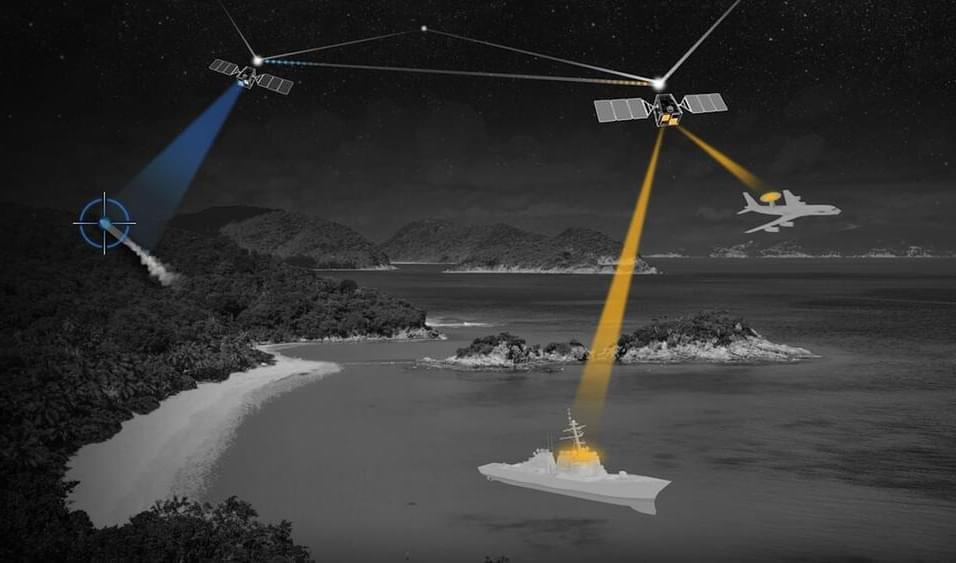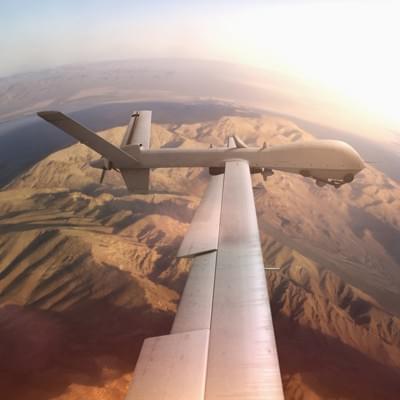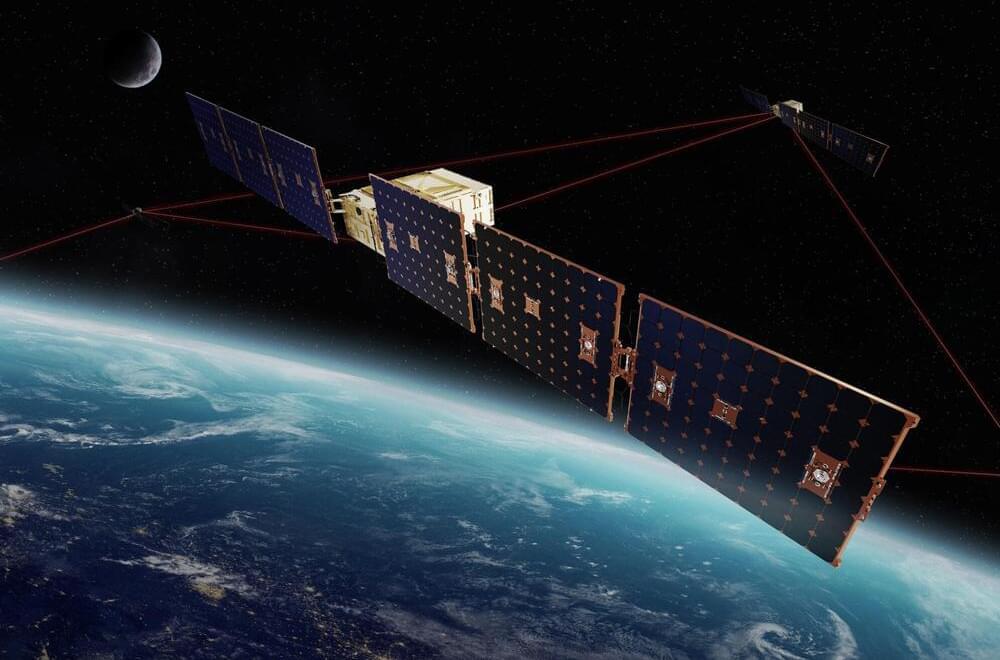Sep 12, 2024
Declassified Nuclear Tests — Enhanced with AI — Slow Motion
Posted by Jose Ruben Rodriguez Fuentes in categories: media & arts, military, nuclear weapons, robotics/AI
The following declassified nuclear test footage has been enhanced using AI with techniques such as slow motion, frame interpolation, upscaling, and colorization. This helps improve the clarity and visual quality of the original recordings, which were often degraded or limited by the technology of the time. Experiencing these shots with enhanced detail brings the devastating power of atomic weapons into focus and offers a clearer perspective on their catastrophic potential and impact.
Music generated with Suno AI.
Continue reading “Declassified Nuclear Tests — Enhanced with AI — Slow Motion” »
















